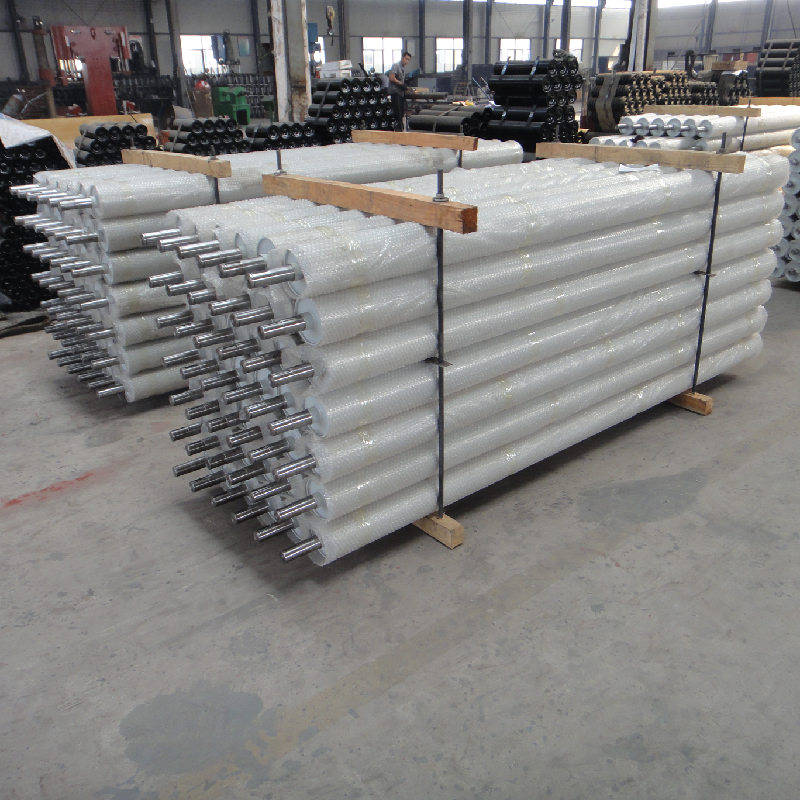 Afrikaans
Afrikaans  Albanian
Albanian  Amharic
Amharic  Arabic
Arabic  Armenian
Armenian  Azerbaijani
Azerbaijani  Basque
Basque  Belarusian
Belarusian  Bengali
Bengali  Bosnian
Bosnian  Bulgarian
Bulgarian  Catalan
Catalan  Cebuano
Cebuano  Corsican
Corsican  Croatian
Croatian  Czech
Czech  Danish
Danish  Dutch
Dutch  English
English  Esperanto
Esperanto  Estonian
Estonian  Finnish
Finnish  French
French  Frisian
Frisian  Galician
Galician  Georgian
Georgian  German
German  Greek
Greek  Gujarati
Gujarati  Haitian Creole
Haitian Creole  hausa
hausa  hawaiian
hawaiian  Hebrew
Hebrew  Hindi
Hindi  Miao
Miao  Hungarian
Hungarian  Icelandic
Icelandic  igbo
igbo  Indonesian
Indonesian  irish
irish  Italian
Italian  Japanese
Japanese  Javanese
Javanese  Kannada
Kannada  kazakh
kazakh  Khmer
Khmer  Rwandese
Rwandese  Korean
Korean  Kurdish
Kurdish  Kyrgyz
Kyrgyz  Lao
Lao  Latin
Latin  Latvian
Latvian  Lithuanian
Lithuanian  Luxembourgish
Luxembourgish  Macedonian
Macedonian  Malgashi
Malgashi  Malay
Malay  Malayalam
Malayalam  Maltese
Maltese  Maori
Maori  Marathi
Marathi  Mongolian
Mongolian  Myanmar
Myanmar  Nepali
Nepali  Norwegian
Norwegian  Norwegian
Norwegian  Occitan
Occitan  Pashto
Pashto  Persian
Persian  Polish
Polish  Portuguese
Portuguese  Punjabi
Punjabi  Romanian
Romanian  Russian
Russian  Samoan
Samoan  Scottish Gaelic
Scottish Gaelic  Serbian
Serbian  Sesotho
Sesotho  Shona
Shona  Sindhi
Sindhi  Sinhala
Sinhala  Slovak
Slovak  Slovenian
Slovenian  Somali
Somali  Spanish
Spanish  Sundanese
Sundanese  Swahili
Swahili  Swedish
Swedish  Tagalog
Tagalog  Tajik
Tajik  Tamil
Tamil  Tatar
Tatar  Telugu
Telugu  Thai
Thai  Turkish
Turkish  Turkmen
Turkmen  Ukrainian
Ukrainian  Urdu
Urdu  Uighur
Uighur  Uzbek
Uzbek  Vietnamese
Vietnamese  Welsh
Welsh  Bantu
Bantu  Yiddish
Yiddish  Yoruba
Yoruba  Zulu
Zulu belt guide rollers
Understanding Belt Guide Rollers Enhancing Conveyor Efficiency
Belt guide rollers play a crucial role in the functioning of conveyor systems. In industries ranging from manufacturing to logistics, the efficiency and reliability of material handling processes are paramount. Belt guide rollers are integral components that facilitate the smooth movement of conveyor belts, ensuring that materials are transported swiftly and securely.
What are Belt Guide Rollers?
Belt guide rollers are cylindrical components that help to stabilize and guide conveyor belts during operation. They are strategically placed along the path of the conveyor system to keep the belt centered and prevent it from drifting. By maintaining proper belt alignment, these rollers enhance the system's efficiency and longevity. Made from various materials such as steel, aluminum, and plastic, belt guide rollers are designed to withstand heavy loads and harsh conditions.
Key Functions of Belt Guide Rollers
1. Belt Alignment One of the primary functions of belt guide rollers is to keep the conveyor belt aligned. Misalignment can result in uneven wear, increased friction, and ultimately lead to premature failures. By guiding the belt smoothly along the conveyor path, belt guide rollers ensure a uniform distribution of load and minimize the risk of belt slippage.
2. Support Load Distribution In a conveyor system, the load needs to be distributed evenly across the belt. Belt guide rollers support this function by providing additional points of contact, which helps in evenly distributing the weight of the conveyed material. This reduces stress on specific belt sections and prolongs the life of both the belt and the rollers.
3. Reduction of Friction Conveyors operate more efficiently when there is minimal friction between moving parts. Belt guide rollers facilitate a smoother movement of the belt, reducing wear and tear over time. This reduction in friction also contributes to lower energy consumption, as less power is required to move the belt.
4. Protection Against Damage The continuous operation of conveyor systems exposes them to various hazards, including material spillage, environmental effects, and mechanical wear. Belt guide rollers help to protect the belt from these damaging factors by keeping it securely in place. Additionally, they can prevent contact between the belt and other potentially harmful components of the conveyor system.
Types of Belt Guide Rollers
There are various types of belt guide rollers designed for different applications
.belt guide rollers

1. Cylindrical Rollers These are the most common and are used in standard conveyor systems. They provide excellent support and alignment for various belt widths.
2. Flat Rollers Often used in belt systems that require precise alignment, flat rollers offer a broad surface area that prevents the belt from drifting.
3. Adjustable Rollers These rollers allow for precise adjustments in alignment and height, making them suitable for applications where flexibility is required.
4. Specialty Rollers In some cases, specialized rollers are designed for specific applications, such as handling corrosive materials or extreme temperatures.
Maintenance and Best Practices
To maximize the lifespan and effectiveness of belt guide rollers, regular maintenance is essential. Here are some best practices
- Routine Inspections Regularly inspect the rollers for wear and tear. Look for signs of surface damage or misalignment. - Lubrication Depending on the type of roller, proper lubrication is essential to reduce friction and prevent premature wear.
- Replacement Always replace damaged or worn rollers promptly to avoid causing further damage to the conveyor belt and associated components.
Conclusion
In conclusion, belt guide rollers are vital for the efficient operation of conveyor systems. They enhance belt alignment, distribute loads, reduce friction, and protect the conveyor from damage. Understanding their functions and maintaining them properly can lead to significant improvements in operational efficiency and equipment longevity. As industries continue to evolve and demand higher productivity, the importance of reliable conveyor components like belt guide rollers cannot be overstated. Efficient material handling is the backbone of modern production processes, and investing in quality conveyor systems with robust belt guide rollers is essential for any business looking to optimize its operations.
-
Revolutionizing Conveyor Reliability with Advanced Rubber Lagging PulleysNewsJul.22,2025
-
Powering Precision and Durability with Expert Manufacturers of Conveyor ComponentsNewsJul.22,2025
-
Optimizing Conveyor Systems with Advanced Conveyor AccessoriesNewsJul.22,2025
-
Maximize Conveyor Efficiency with Quality Conveyor Idler PulleysNewsJul.22,2025
-
Future-Proof Your Conveyor System with High-Performance Polyurethane RollerNewsJul.22,2025
-
Driving Efficiency Forward with Quality Idlers and RollersNewsJul.22,2025





























